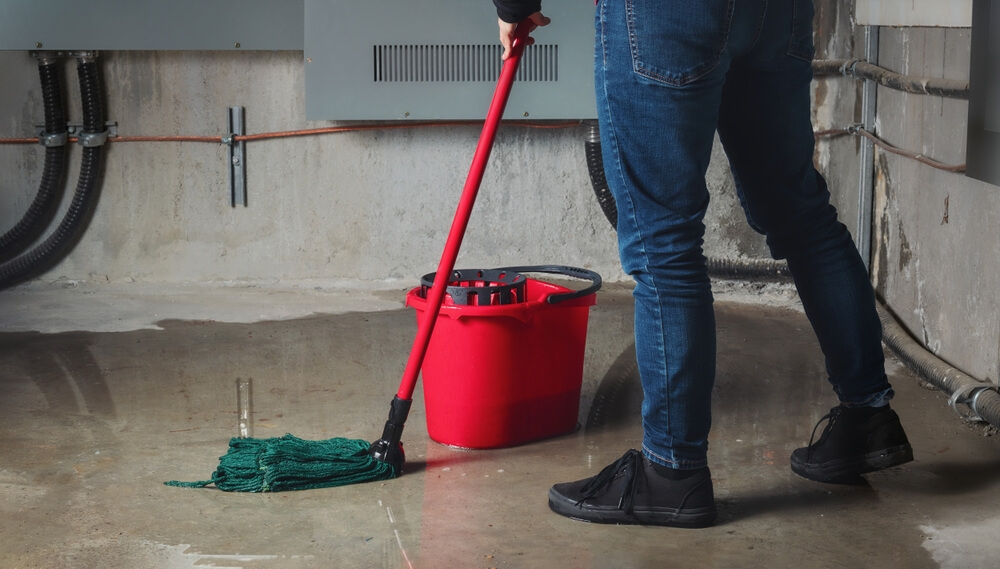
If you are not redirected within 30 seconds, please click here to continue.
Samedi: 10h – 16h HAE

If you are not redirected within 30 seconds, please click here to continue.
If you are not redirected within 30 seconds, please click here to continue.
- Saunas can trigger structural damages to your home and are considered a liability risk since someone could slip, fall, and get injured.
- In general, a home insurance policy is unlikely to cover the cost of structural damage to your home as a result of mould because it is your responsibility to maintain the sauna’s upkeep.
- Don’t assume your current homeowner policy covers any type of renovation, including the addition of a sauna.
Adding a sauna to your home could put you in the hot seat when it comes to home insurance.
Not unlike swimming pools, there are safety issues with saunas that can impact your premium, as it is potentially a high-risk feature. Anything that involves water or moisture includes the possibility it ends up where it doesn’t belong, causing both immediate and long-term damage to your home.
Saunas can trigger structural damages to your home and are considered a liability risk since someone could slip, fall, and get injured. For example, if a visitor to your home should fall and suffer an injury while using your sauna, it may expose you to unexpected litigation for medical bills and other costs.
Whether it’s an indoor sauna or outdoor one, there are lots to consider before you choose which model to install.
Select your sauna experience
You may be surprised as to how many different types of saunas there are. While they all boil down to a heated room set at roughly 65 C, each of the four types delivers different experiences.
The history of saunas goes back as far as 2,000 years ago in Finland. A traditional Finnish sauna is a wood-lined room with heated rocks, a bucket of water, and a ladle. By adding more water to the stones with the ladle, the humidity and steam can be adjusted between 20% and 40%. The higher the inside temperature, the lower the humidity. Similar to the traditional Finnish sauna is the dry sauna, which still has rocks, but no water, so it has lower humidity. They are commonly found in gyms.
Another type of sauna is the steam bath, which tends to be lower in temperature at around 49 C, but with 100% humidity. That makes the sauna feel a lot hotter than it is, just as humidity tends to do when you’re outdoors in the summer. Finally, at the other end of the spectrum, is the infrared sauna, which has zero humidity, and envelopes the body to heat its temperature.
Even though all these different types of saunas deliver different experiences, they all have potential risks that may affect your home. Any time you plan to renovate your home it’s best to inform your insurer before beginning construction.
Don't waste time calling around for home insurance
Use RATESDOTCA to shop around and compare multiple quotes at the same time.
Finding the best home insurance coverage has never been so easy!
Sauna installation: take precautions against mould and moisture leakage
As with anything that involves water or heat, it’s important you must take the time to install a sauna in your home correctly. Not following proper building methods or taking necessary precautions like regular maintenance can create mould, mildew, and other moisture issues for your home.
In general, a home insurance policy is unlikely to cover the cost of structural damage to your home as a result of mould because it is your responsibility to maintain the sauna’s upkeep. After all, an insurance contract is not a maintenance contract.
Regardless of sauna type, you must make sure it’s properly sealed, waterproofed, and ventilated. Because they are designed to make you sweat, saunas generate a great deal of heat, moisture, and humidity, but the last place you want that moisture to go is into your walls. If you build a sauna as a separate structure from your home or along a single wall, it’s easier for the moisture to escape. (Make sure you check the local municipal codes and confirm that building a separate structure for a sauna is permitted.) If you decide to put one in your home, perhaps down in your basement, that moisture can creep up into your walls and stay there.
The type of sauna you select and where you put it add variables that can impact safety. For example, if you build one outdoors, you’ll need to run electricity and gas lines out to it.
Whether it’s wet or dry, your sauna will produce humidity, ergo, you’ll need waterproof floors. Ultimately, your best bet is to get a professional who specializes in saunas to build one for you.
Be sure your sauna can handle the heat
Don’t assume your current homeowner policy covers the addition of a sauna, whether it’s built inside your home or sits outside as an independent structure.
You need to inform your broker or insurer of your plans and expect your premium to go up if you are installing a sauna. You insurer will expect you to outline what steps you’re taking to ensure safety and minimize risk.
Rather than face a significant increase in your home insurance rate after there’s a problem with your sauna, you should work with your provider about what you can do proactively to keep your rate reasonable and ensure you’re adequately covered. Regardless, it never hurts to compare home policies and premiums for the coverage that suits you best.
Get money-saving tips in your inbox.
Stay on top of personal finance tips from our money experts!











